Pyramids are some of the most remarkable structures ever built by ancient civilizations. They have stood the test of time, offering a glimpse into the past. These iconic monuments were constructed with great precision and skill, showcasing the ingenuity of the people who built them. Some of the oldest pyramids in the world date back thousands of years. In this article, we explore nine of the earliest known pyramids that still captivate our imaginations today.
Pyramid of Djoser (Egypt)
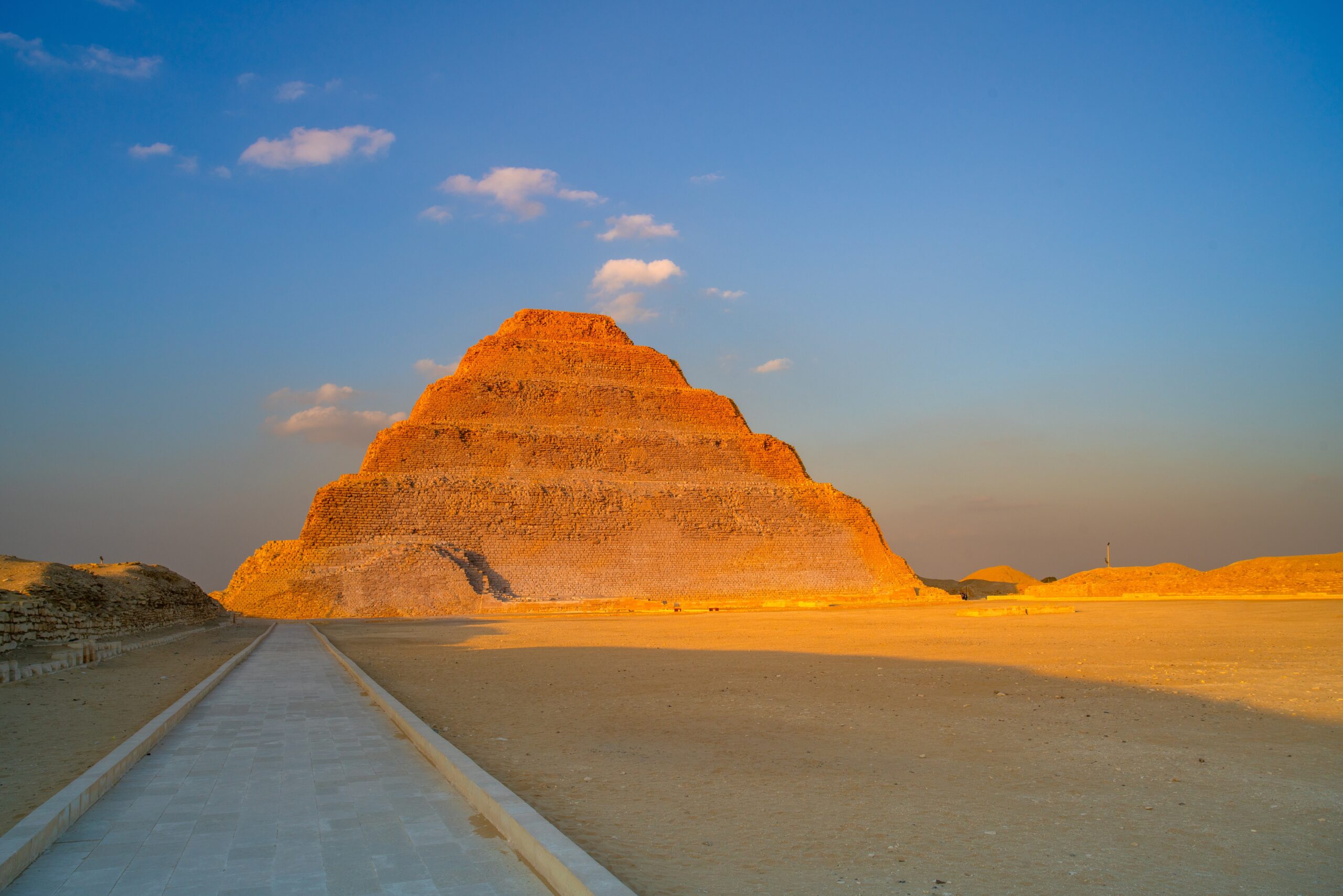
The Pyramid of Djoser is the oldest known pyramid in Egypt. It was constructed around 2667–2648 BCE in Saqqara, just outside of Cairo. Built as a step pyramid, it stands 62 meters tall. It was designed by the architect Imhotep for the Pharaoh Djoser. This pyramid is still standing, although some parts have been restored to preserve it. It marks the beginning of pyramid construction in Egypt.
Pyramid of Meidum (Egypt)
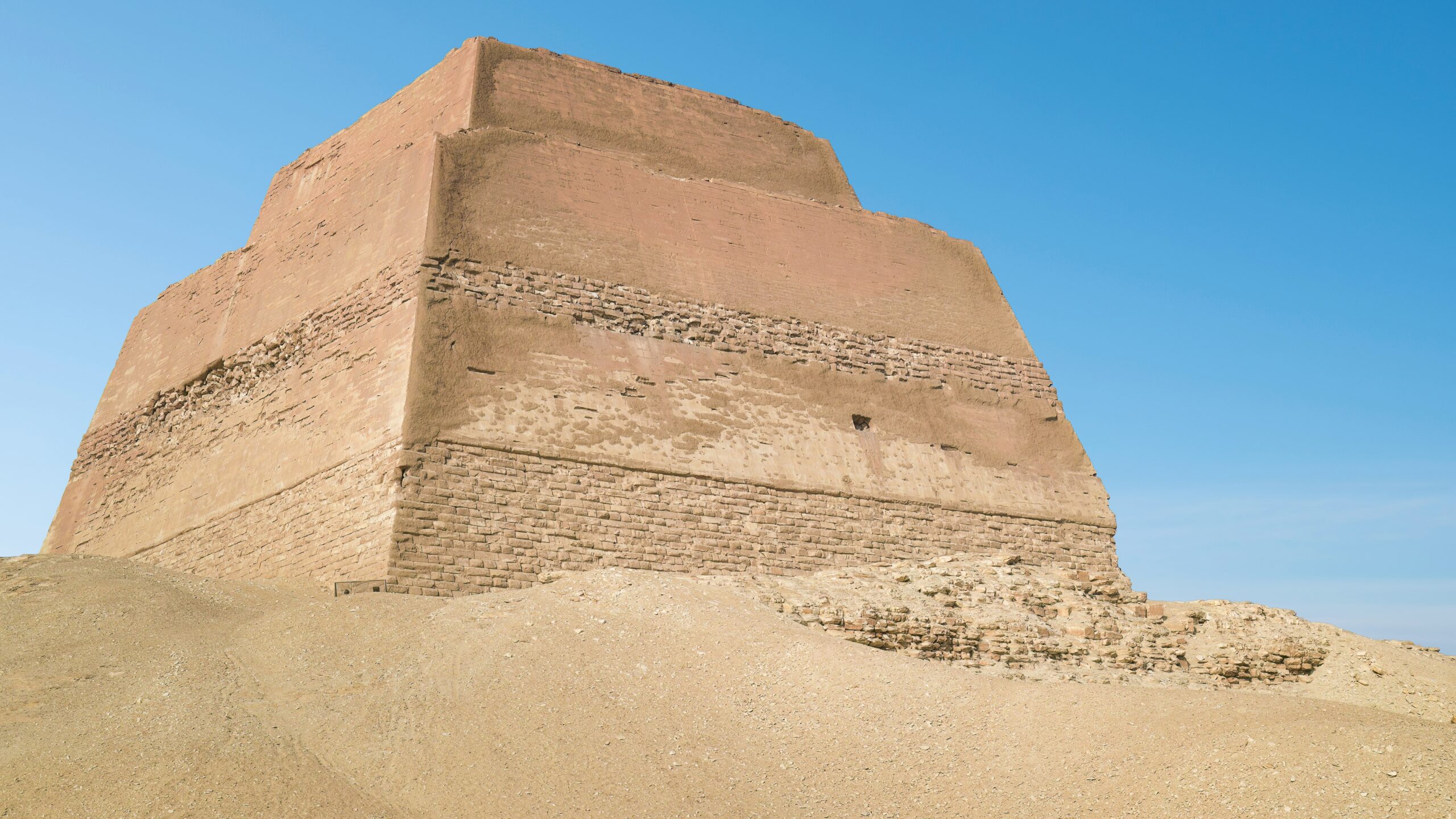
The Pyramid of Meidum was initially a step pyramid but was later converted into a true pyramid. Built around 2610 BCE, it was likely intended for Pharaoh Huni, but completed by his successor, Sneferu. It is located in the Meidum area, southwest of Cairo. The outer casing collapsed long ago, leaving only its core intact. While not fully standing, its remnants offer valuable insights into early pyramid design.
Bent Pyramid (Egypt)
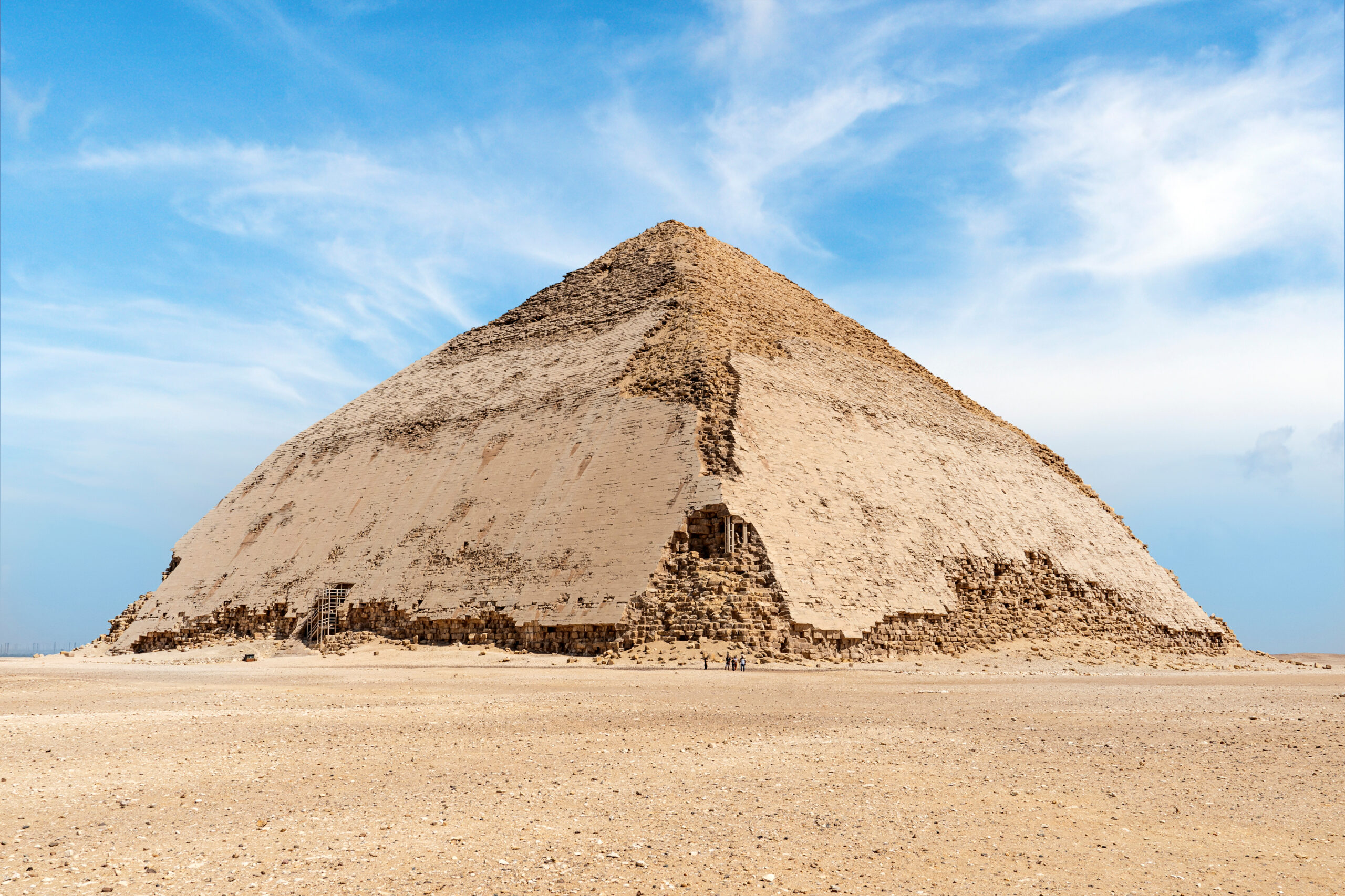
The Bent Pyramid, constructed around 2600 BCE, is located at Dahshur, near Cairo. It was built by Pharaoh Sneferu. Its unique shape, with a sharp bend midway, was caused by a design adjustment during construction. The pyramid stands at 101 meters but is one of the few from this era to retain much of its smooth outer casing. It is still standing and is remarkably well-preserved.
Red Pyramid (Egypt)
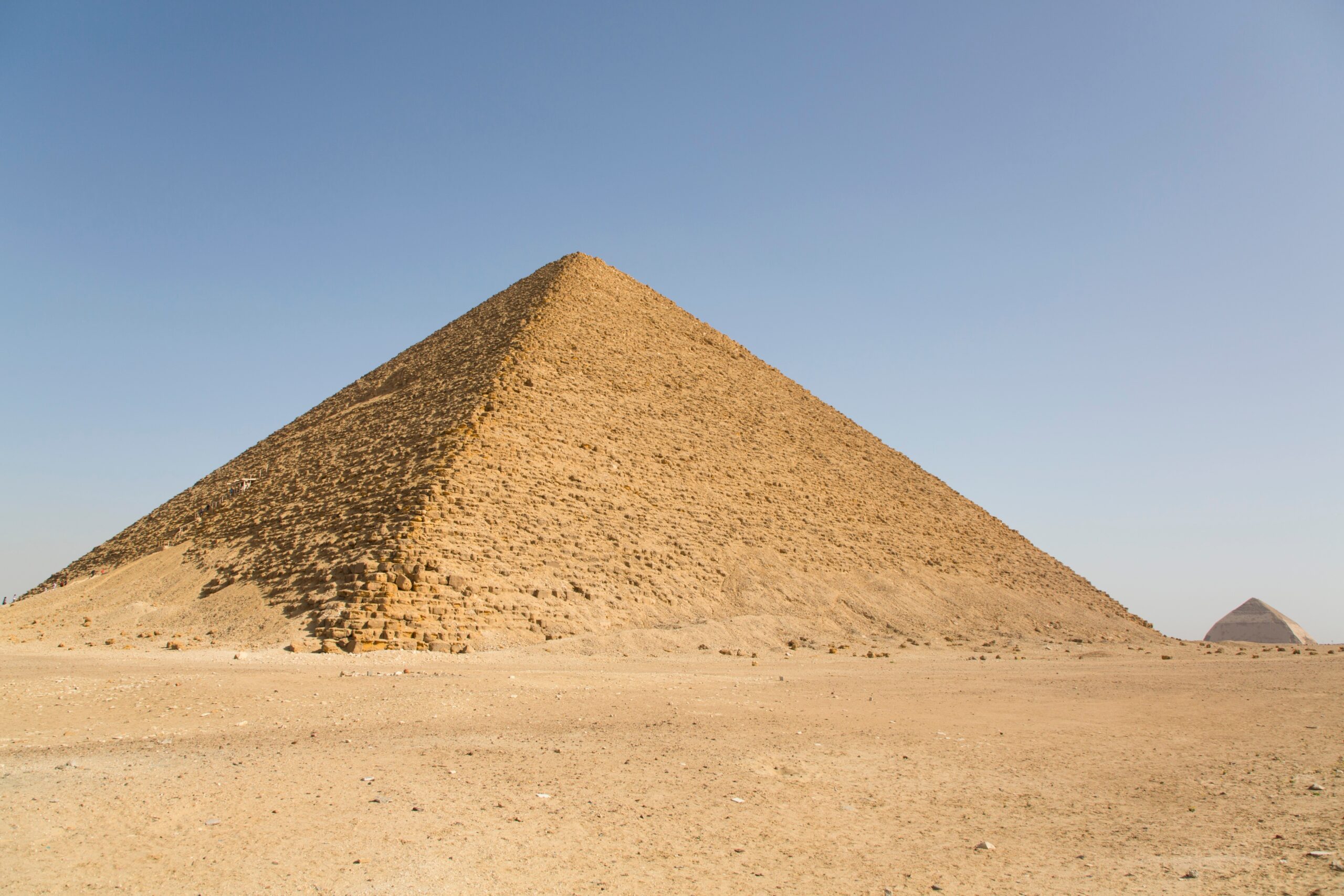
The Red Pyramid, also built by Pharaoh Sneferu around 2600 BCE, is located in Dahshur. It earned its name from the reddish hue of its limestone. This is Egypt’s first successful smooth-sided pyramid, standing at 105 meters tall. Unlike earlier attempts, it has a stable structure. The pyramid is still fully intact and in excellent condition.
Pyramid of Khafre (Egypt)
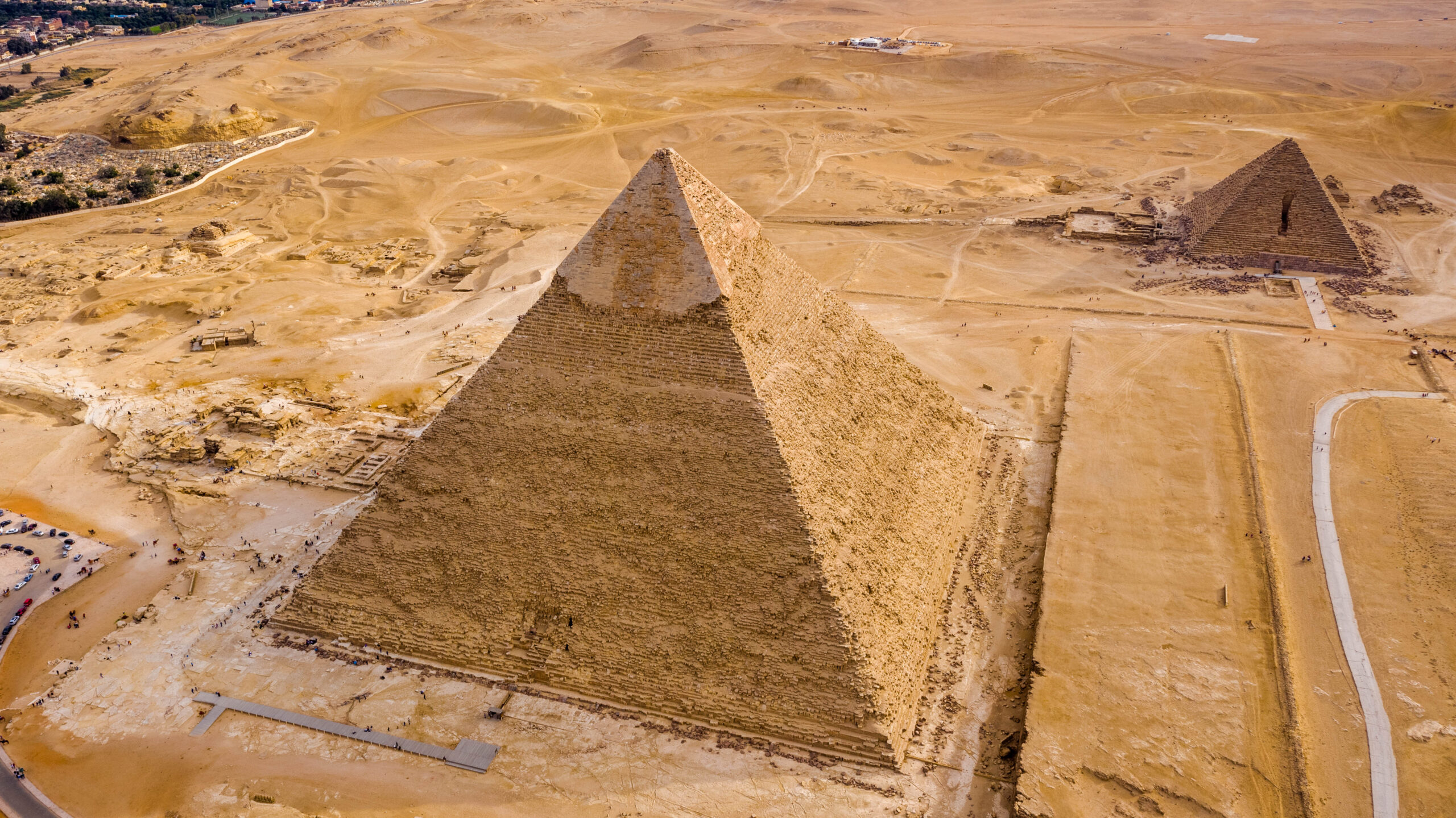
The Pyramid of Khafre, built around 2570 BCE, was constructed for Pharaoh Khafre. It is located next to the Great Pyramid in Giza. Slightly smaller than Khufu’s pyramid, it stands at 136.4 meters. What makes it distinct is the remaining casing at its peak, which gives it a unique appearance. The pyramid is still fully standing and remains a symbol of ancient Egyptian engineering.
Pyramid of Menkaure (Egypt)
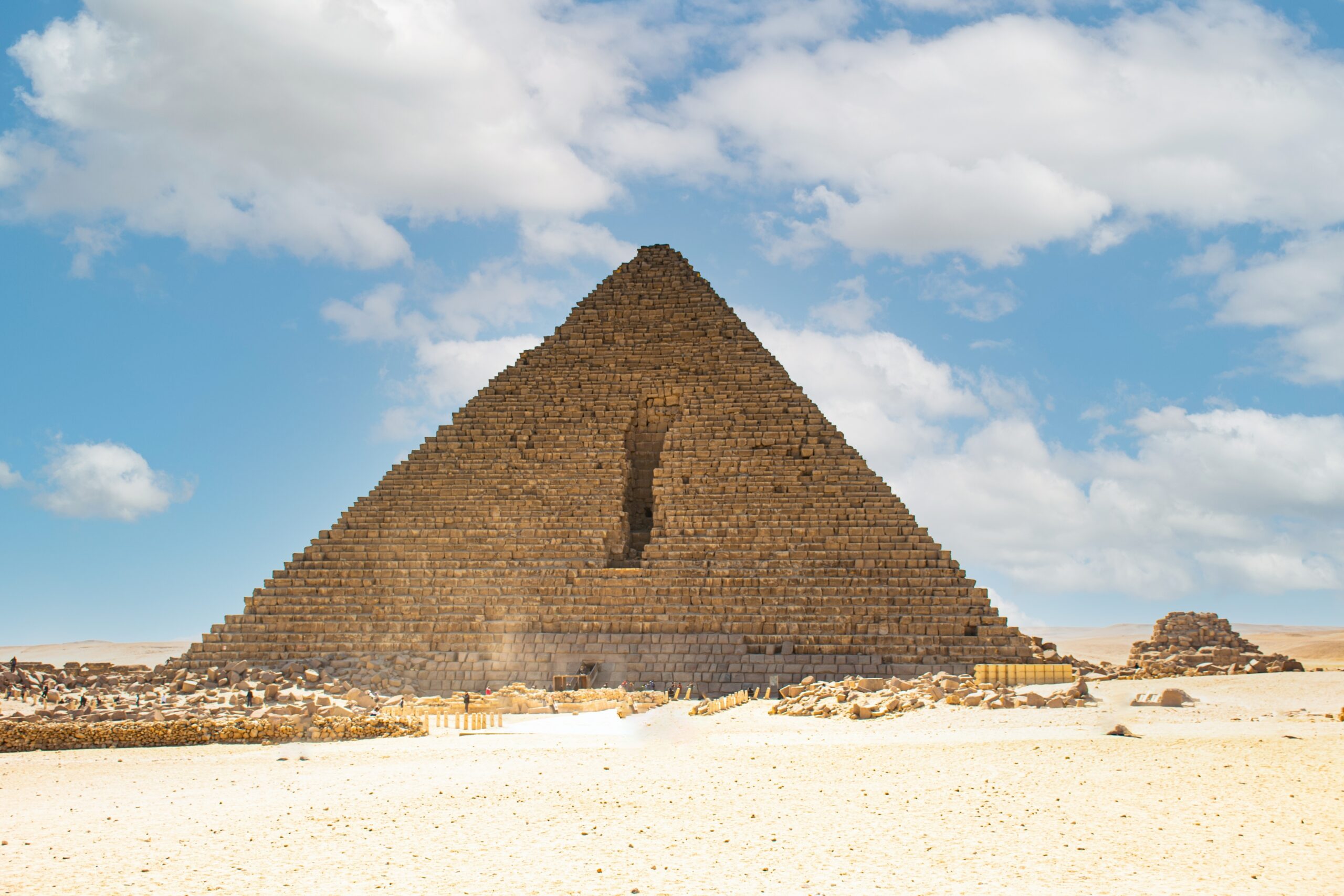
The Pyramid of Menkaure is the smallest of the three famous pyramids at Giza. Built around 2510 BCE for Pharaoh Menkaure, it stands at 65 meters tall. Its size is modest compared to its neighbors, but it was constructed with high-quality materials like granite and limestone. Located on the Giza Plateau, near Cairo, this pyramid is still standing. Though it has suffered some damage, it remains an important symbol of ancient Egypt.
Pyramid of Userkaf (Egypt)
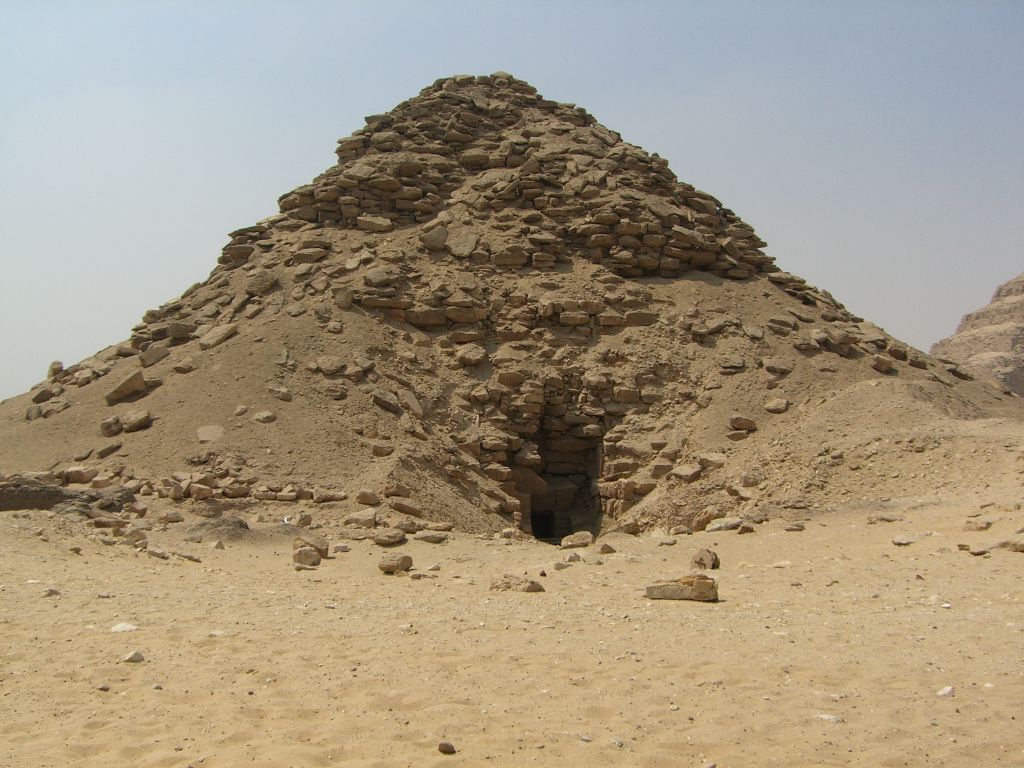
The Pyramid of Userkaf was built around 2490 BCE for Pharaoh Userkaf. It stands in the Saqqara necropolis, near Cairo. This pyramid marked the beginning of the Fifth Dynasty and introduced a new style, with a smaller base and steeper sides. The original height was 49 meters, but much of it has collapsed over time. Its remains are still visible, although the structure has deteriorated significantly.
Pyramid of Sahure (Egypt)
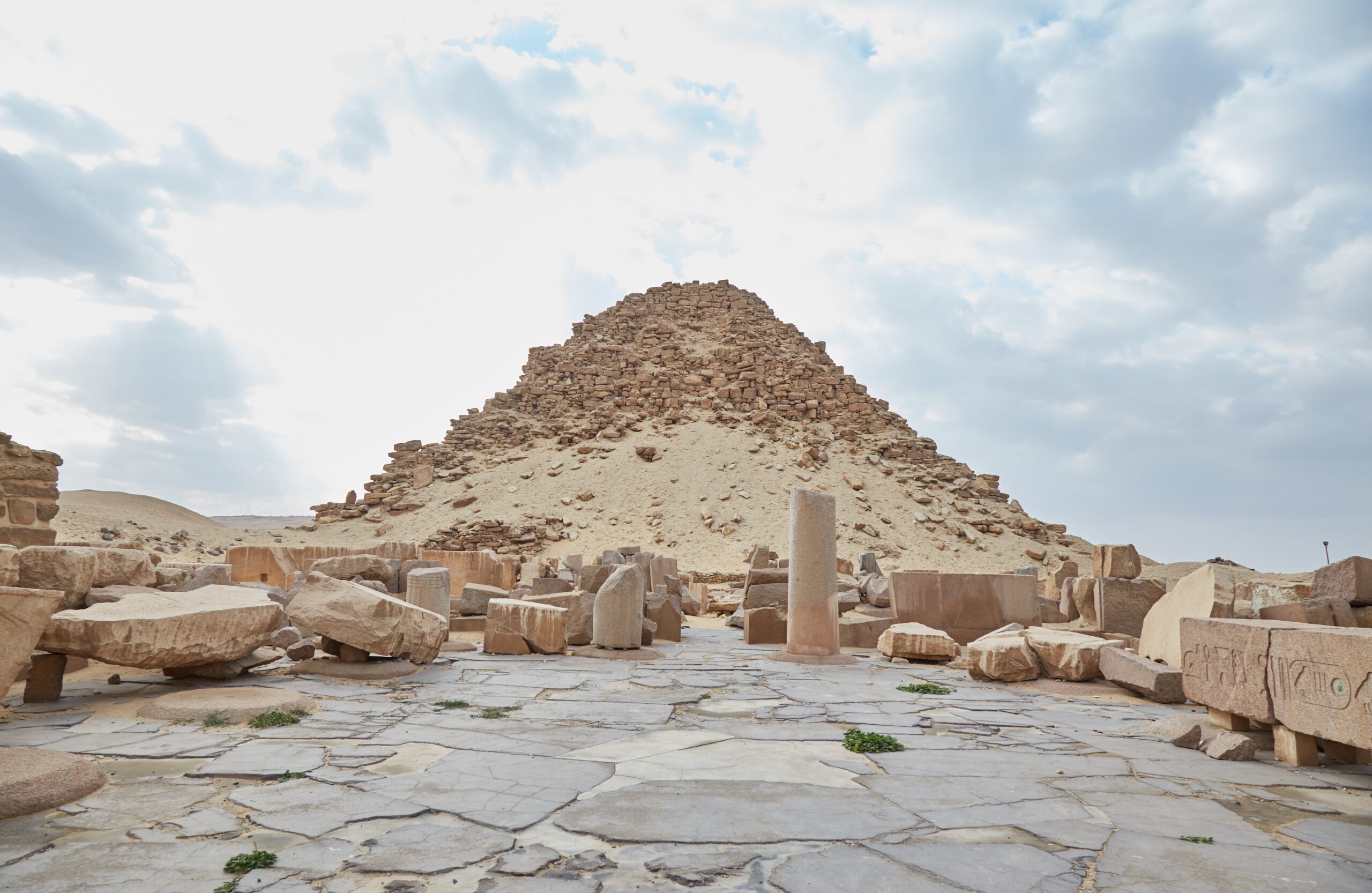
The Pyramid of Sahure was constructed around 2480 BCE for Pharaoh Sahure, in the Abusir necropolis. Standing originally at 47 meters tall, it was built with limestone and once featured elaborate reliefs. Sahure’s pyramid complex introduced innovative elements, such as a causeway leading to the pyramid. Though much of the structure has eroded, its foundation and parts of its causeway are still standing, making it a key archaeological site.
Pyramid of Neferirkare (Egypt)
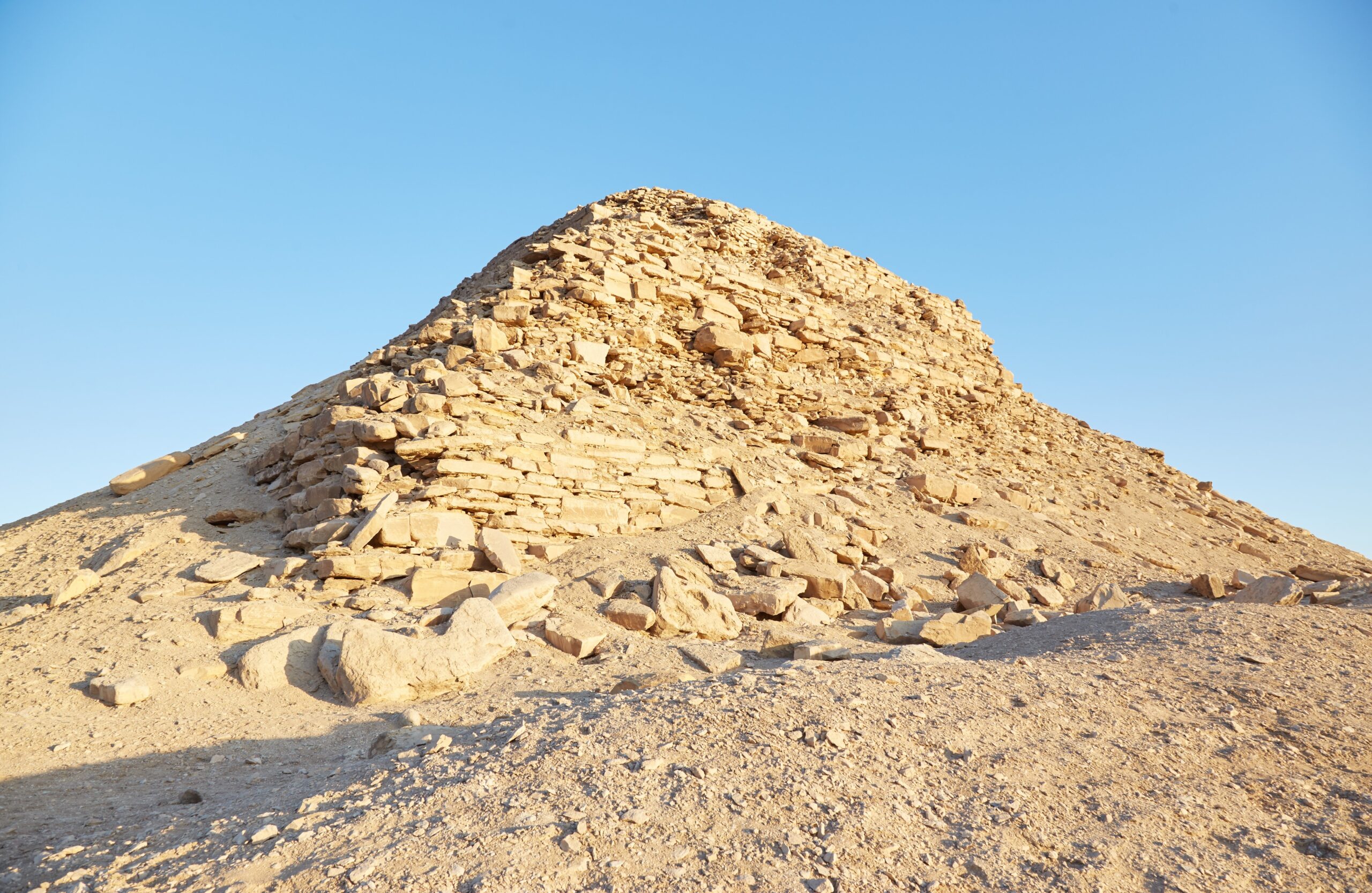
The Pyramid of Neferirkare was built around 2440 BCE for Pharaoh Neferirkare in Abusir. It was initially a step pyramid but was later modified to form a true pyramid, standing at 72 meters. Located close to the pyramids of his predecessors, it is the tallest pyramid in the Abusir necropolis. Although its outer casing has been stripped away, the core structure is still standing, offering important insights into pyramid construction techniques.
This article originally appeared on Rarest.org.
More from Rarest.org
15 Forgotten Historical Artifacts Rediscovered in Modern Times
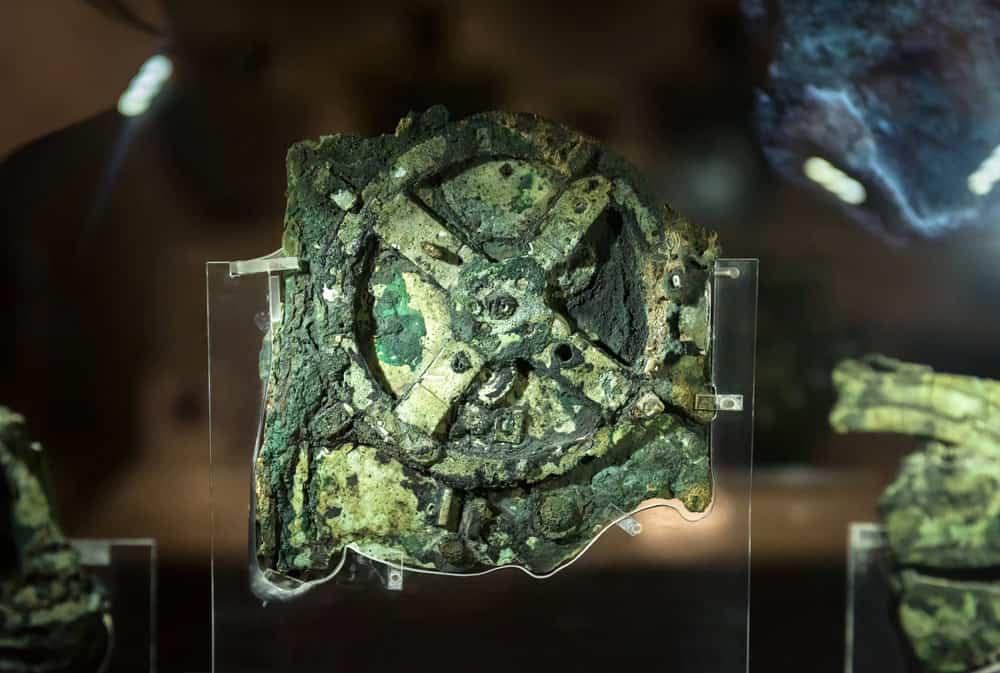
Throughout history, remarkable artifacts have been lost to time, only to resurface and change our understanding of ancient civilizations. Read More.
15 Rare Japanese Cars That Became Hidden Gems

Japan’s automotive history is filled with iconic models, but some cars remain lesser-known treasures that deserve more recognition. Read More.
12 Classic Cars Abandoned in Barns Now Worth Millions

Classic cars often carry a unique charm, but some of the most iconic ones have been left abandoned in barns, forgotten for decades. Read More.
